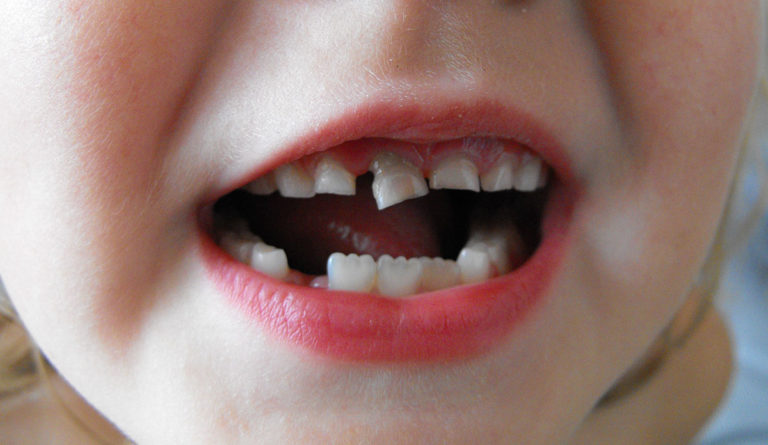Should School Kids Have Gum Breaks?
Chewing gum has been treated like candy for so long that parents, teachers, and schools may struggle to accept my recommendation: kids should have three gum-breaks a day in school.

Read Time: 4 minutes
Published:
Chewing gum has been treated like candy and implicated in sticky messes for so long that parents, teachers, and schools may struggle to accept my recommendation: kids should have three gum-breaks a day in school. Especially Kindergartners! Hear me out.
Children shouldn’t be chewing just any gum but specifically gum sweetened with xylitol. Xylitol is a plant-derived sweetener, but unlike table sugar or other sweeteners, xylitol actively combats dental caries, that is, tooth decay. Instead of the familiar “candy causes cavities” mantra, xylitol gum has been demonstrated repeatedly to significantly reduce the presence of the bacteria which leads to cavities.
Xylitol, released by chewing, improves dental health broadly, but specific amounts, frequencies of intake, and age of initiation provide the greatest benefits. Research indicates that about 6 grams of xylitol (usually available in 5 to 6 pellets of gum) consumed over at least three separate gum breaks daily produces the best results.
In numerous studies, xylitol gum has been demonstrated to reduce the risk of tooth decay significantly. For instance, compared to those not chewing gum, children chewing xylitol gum regularly in school over a two-year period had 65% fewer caries . Such positive effects have been demonstrated to last well beyond the intervention period. Five years after the end of the intervention children who chewed xylitol gum, as compared to those not chewing gum, had a 59% lower risk of tooth decay. Moreover, children’s teeth which erupted one year into the intervention had a 93% lower risk of decay, and teeth which erupted after the two-year intervention ended had an 88% lower risk of decay. Thus, pre-Kindergarten and Kindergarten students are at the perfect age to begin regular xylitol gum chewing to produce the most significant and lasting benefits to their teeth.
Three five-minute sessions chewing xylitol gum, distributed by teachers during the day could have significant long-term benefits for children.
Children’s oral health problems can lead to long-term physical health issues as well as negative social, emotional, financial, and quality of life outcomes. Poor oral health also contributes to poor academic performance and school attendance, especially among children in low-income families because of missed hours in school and distraction related to oral pain. Daily Xylitol gum use is not a replacement for visiting the dentist or brushing regularly but may offer a supplementary preventative method for meaningfully decreasing tooth decay.
Xylitol gum is accessible in some stores and online, and the gum pellets retail for about $8.50 per 100, which equates to about 9 cents per piece or 50 cents per 6-gram dose. School-based gum programs could benefit from wholesale purchasing to reduce these costs. For public consumers, it’s important to note many gums use xylitol as a sweetener in addition to other sugars and do not provide a beneficial dose of xylitol. Brands which use xylitol exclusively and provide at least 1 gram of xylitol per piece include Epic Xylitol Gum, Xlear Spry Gum, Xyloburst Gum, and Pur Gum.
The positive impact on oral health is a compelling argument for the use of xylitol gum as a prevention tool. The structure and regularity of a school day offers a natural and effective avenue for enacting such a prevention method. Three five-minute sessions chewing xylitol gum, distributed by teachers during the day could have significant long-term benefits for children. The particular strength of early gum chewing – while permanent teeth have yet to erupt – suggests beginning this practice at the start of children’s school years. Evidence that adults experience reduced levels of the key bacteria causing tooth decay when chewing xylitol gum for short and long periods also support the continued preventative use of xylitol gum throughout primary school and high school.
Feature image: tiffany terry, Wobbly tooth, used under CC BY 2.0



